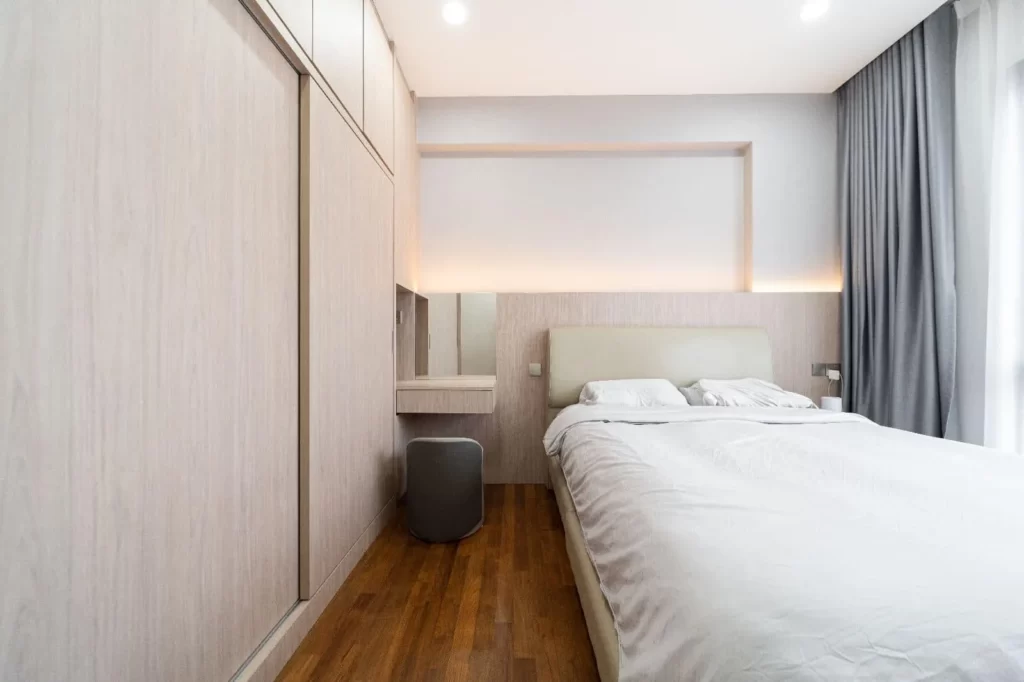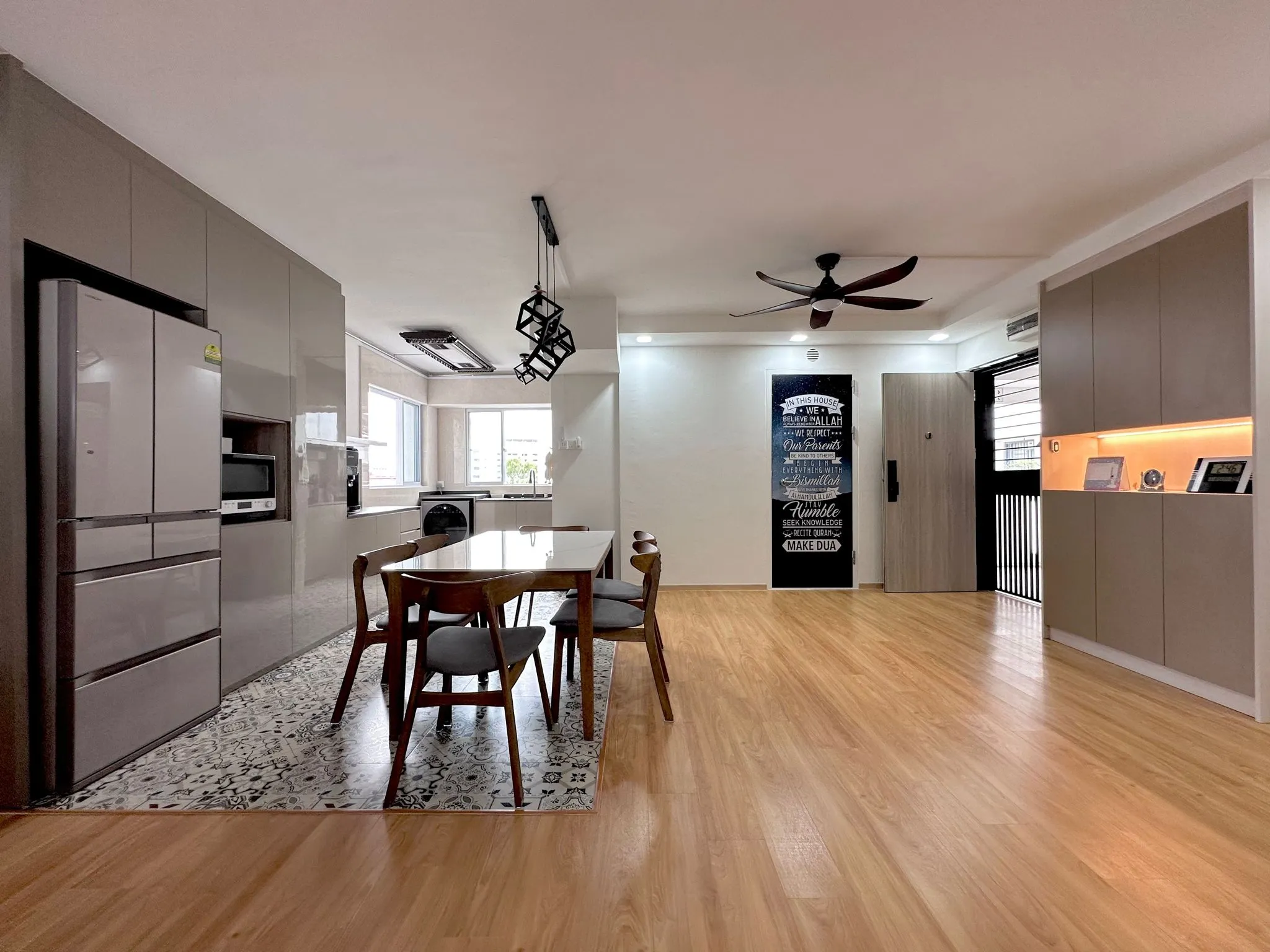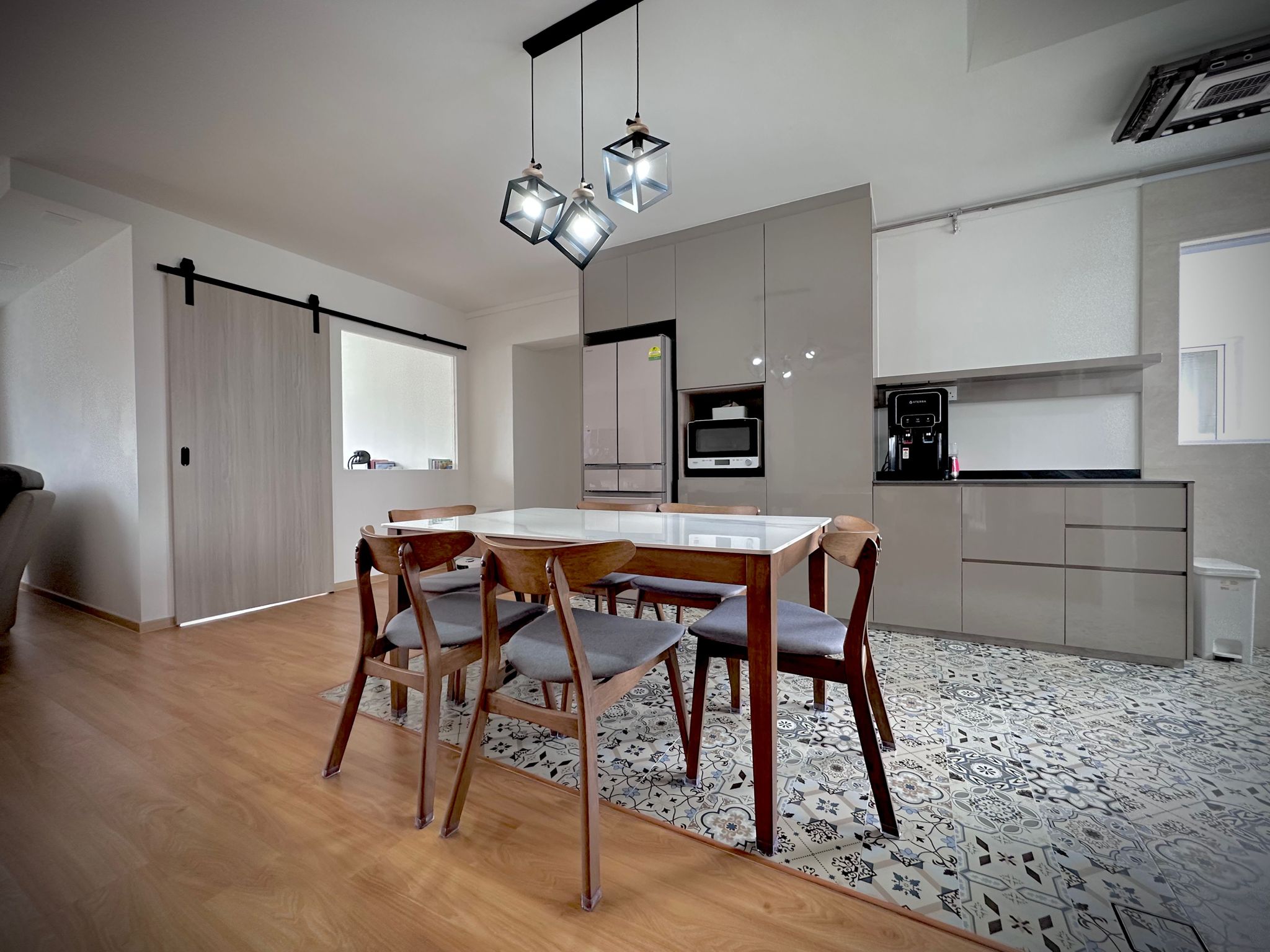Step into the world of interior design, where a touch of creativity can turn any space into a haven of style. In this brief guide, we’ll explore essential tips to spruce up your surroundings effortlessly.
Color Harmony
Colors speak volumes in design. Choose a palette that resonates with your vibe – warm for coziness, cool for calmness. Add personality with accent hues for a splash of character.

Furniture Fusion
Furniture is more than function; it’s a statement. Opt for pieces that balance style and practicality. Consider versatile options to maximize both form and function.
Lighting Magic
Lighting sets the mood. Combine natural and artificial lights strategically. Experiment with fixtures to create layers that enhance the ambiance, making your space feel inviting.
Personal Flourish
Infuse your personality into your space with personal touches. Art, plants, or unique finds add character. Keep it simple yet uniquely you.
Interior design is an art accessible to everyone. With thoughtful color choices, furniture finesse, lighting mastery, and a dash of personal flair, you’re on your way to a space that not only looks great but feels uniquely yours.



